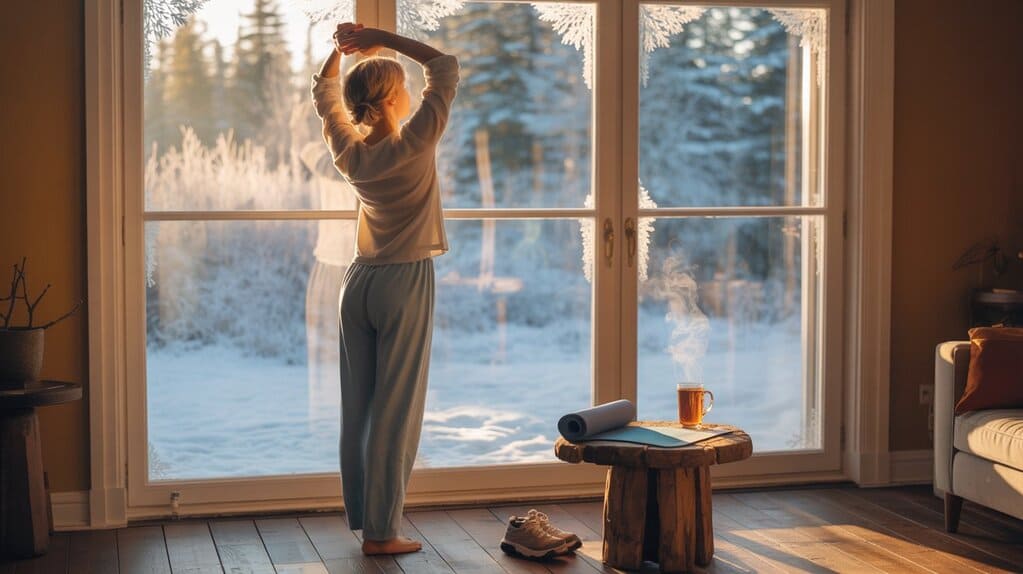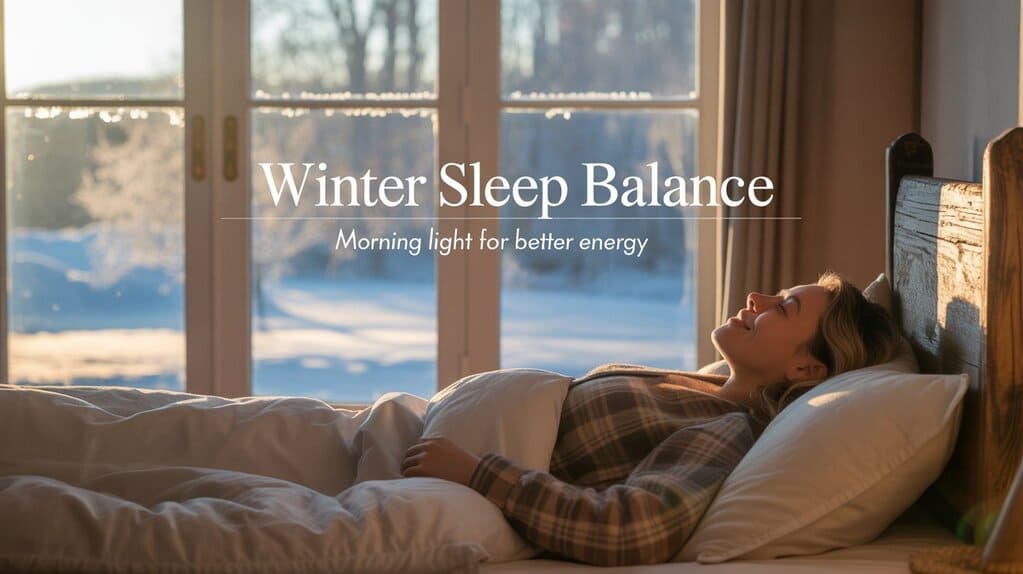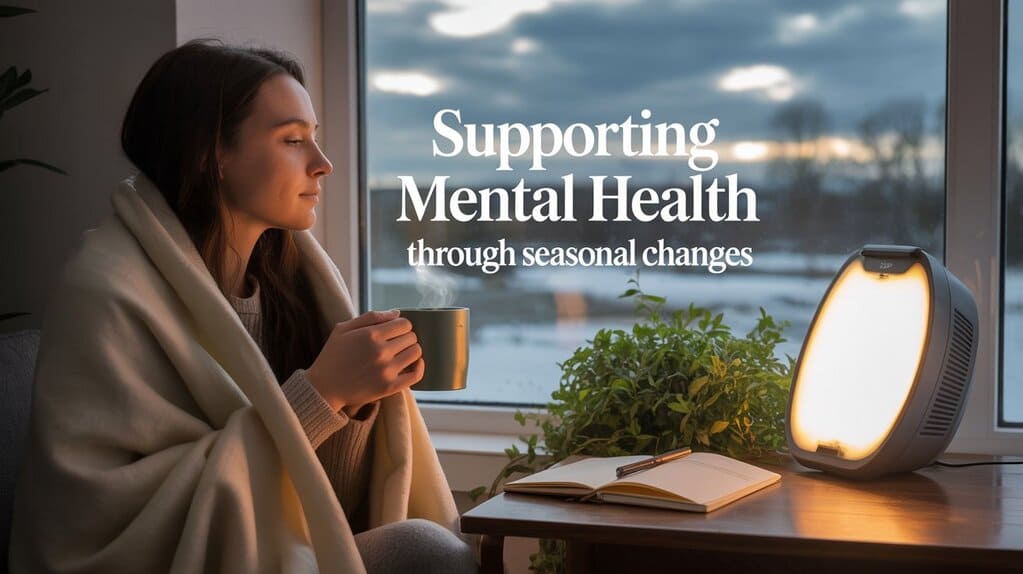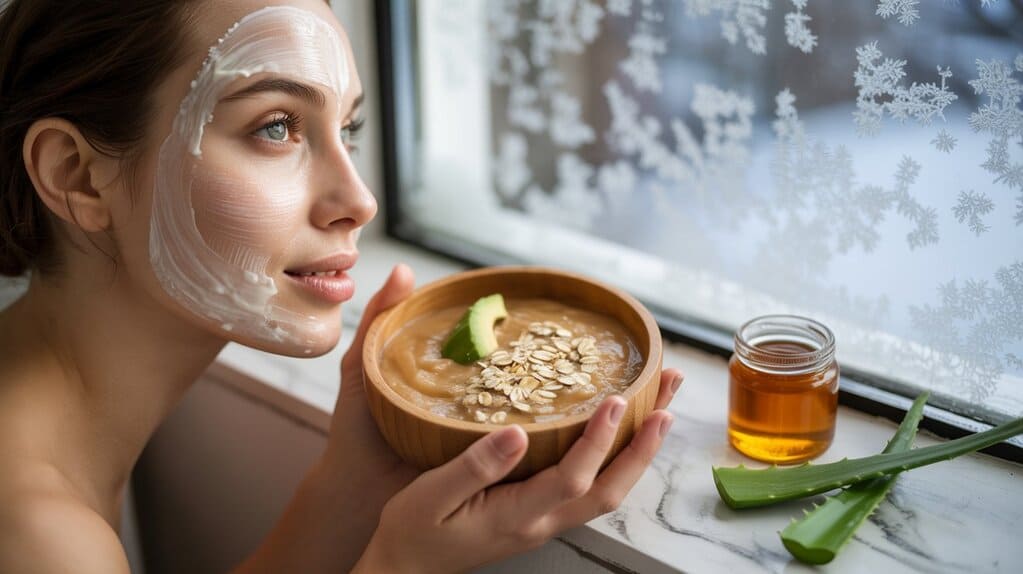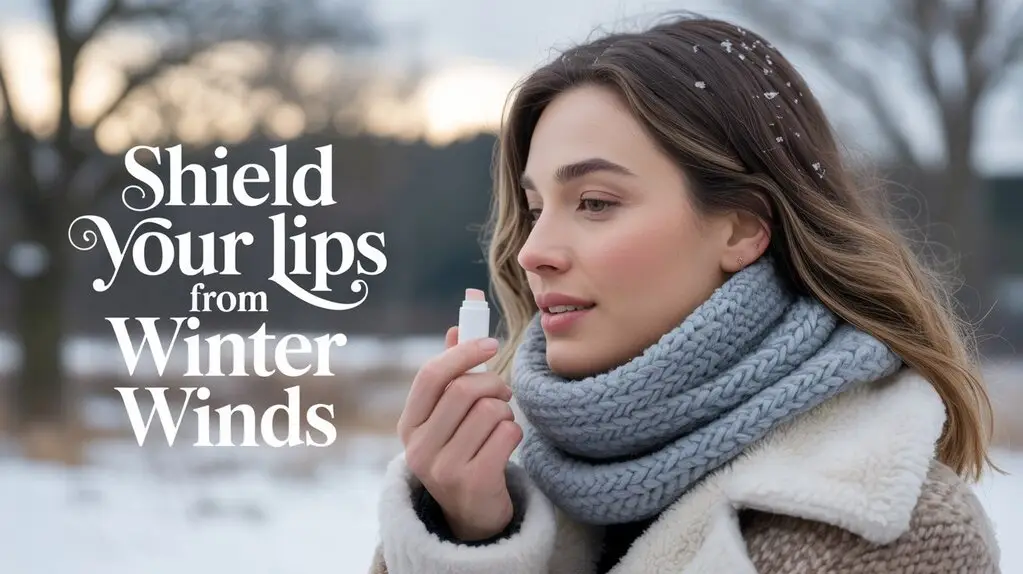
Introduction
The transition from late summer to early fall brings shifting temperatures, changing daylight, and new health stressors. Heat exposure and dehydration don’t disappear overnight, while ragweed pollen and other weeds surge, and respiratory viruses like influenza and RSV begin to circulate more widely. Add back-to-school routines, travel, and indoor crowding, and you have a season where smart, evidence-based habits can make a big difference. This guide pulls together practical steps—hydration, air quality and allergy control, vaccine timing, sleep optimization, hand hygiene, food safety, and more—supported by trusted references so you can feel prepared and protected. US EPAOrganisation mondiale de la santéCDC
Key Points
- Optimize vaccine timing: For most people, September–October is ideal for the flu shot in the Northern Hemisphere. Adults eligible for RSV vaccination should review current CDC guidance and personal risk with a clinician. CDC+2CDC+2
- Hydrate and cool smartly on lingering hot days; heat risk can persist into September in many regions. Organisation mondiale de la santé
- Control allergens: Ragweed typically peaks in late summer/early fall; use avoidance strategies and medications as needed. US EPAAsthma & Allergy Foundation of America
- Improve indoor air and protect lungs during poor air quality or wildfire smoke events (use tight-fitting NIOSH-approved respirators if you must be outdoors). CDCblogs.cdc.gov
- Wash hands well and consistently; physical measures reduce respiratory virus spread. Cochrane
- Prioritize sleep around vaccination to strengthen immune response. Aim for 7–9 hours. PubMed
- Practice food safety at picnics and school/work lunches to avoid late-summer foodborne illness. CDCFoodSafety.gov

Why the Late-Summer → Early-Fall Window Matters
As August turns to September and October, seasonal risks shift rather than vanish. Heat and dehydration risks gradually fall, allergy risks often spike (ragweed), and respiratory viruses ramp up into fall. The simple visualization below shows this pattern conceptually so you can plan habits ahead of the curve.
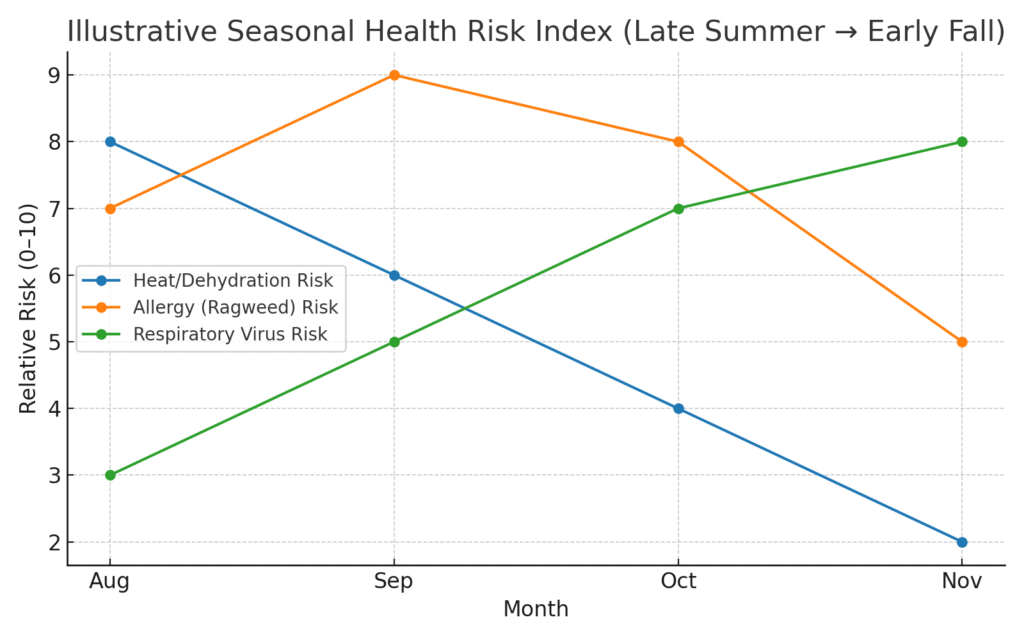
This chart helps illustrate the trend that as temperatures drop, the risk of allergies and respiratory viruses increases from August to November, guiding you to your prevention priorities for each month.
The chart is illustrative (not surveillance data) and reflects patterns described by public health sources on heat, pollen, and respiratory viruses. For example, ragweed pollen typically peaks late summer/early fall, and flu season activity generally rises in fall. US EPAWikipédia
1) Beat the Heat: Hydration and Cooling Strategies
Even as mornings cool, many regions still experience hot, humid afternoons. Dehydration contributes to fatigue, headaches, and heat illness. The WHO emphasizes keeping the body cool (light clothing; cool showers) and drinking water regularly; if you’re physically active, adjust your electrolyte intake to conditions and sweat rate. Practical sports guidance recommends drinking before, during, and after exercise, and replacing about 150% of the fluid lost post-workout (estimate by pre/post-exercise body weight change). Organisation mondiale de la santéSELF
Actionable tips
- Pre-hydrate before outdoor activity; bring water + electrolytes if you’re a “salty sweater.”
- Schedule workouts at cooler times (early morning/late evening).
- Learn the early signs of heat exhaustion (dizziness, nausea, heavy sweating) and act quickly—cool down and rehydrate. Organisation mondiale de la santé
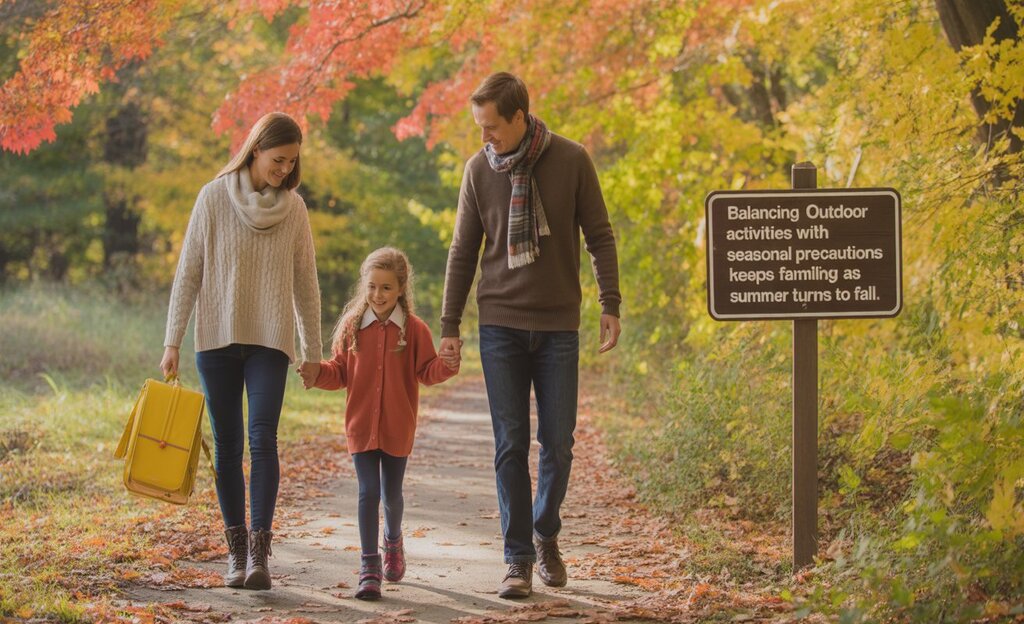
2) Allergy Defense: Managing Ragweed and Weeds
Ragweed pollen—notorious for sneezing, itchy eyes, and congestion—peaks in late summer and early fall and can persist until the first frost. A single plant can release enormous amounts of pollen capable of traveling long distances. Expect symptoms to crest around mid-September in many areas. US EPAAsthma & Allergy Foundation of America
Defense plan
- Check pollen forecasts locally; keep windows closed on high-pollen mornings.
- Use saline nasal rinses after outdoor time; shower before bed.
- Consider non-drowsy antihistamines or intranasal steroids (talk to your clinician if you have comorbid asthma).
- HEPA filters and regular vacuuming can reduce indoor allergen load.
Background info: Ragweeds (Ambrosia spp.) are widely distributed and prominent pollen producers; see Wikipedia entries for Ambrosia species for general botany. Wikipédia+1
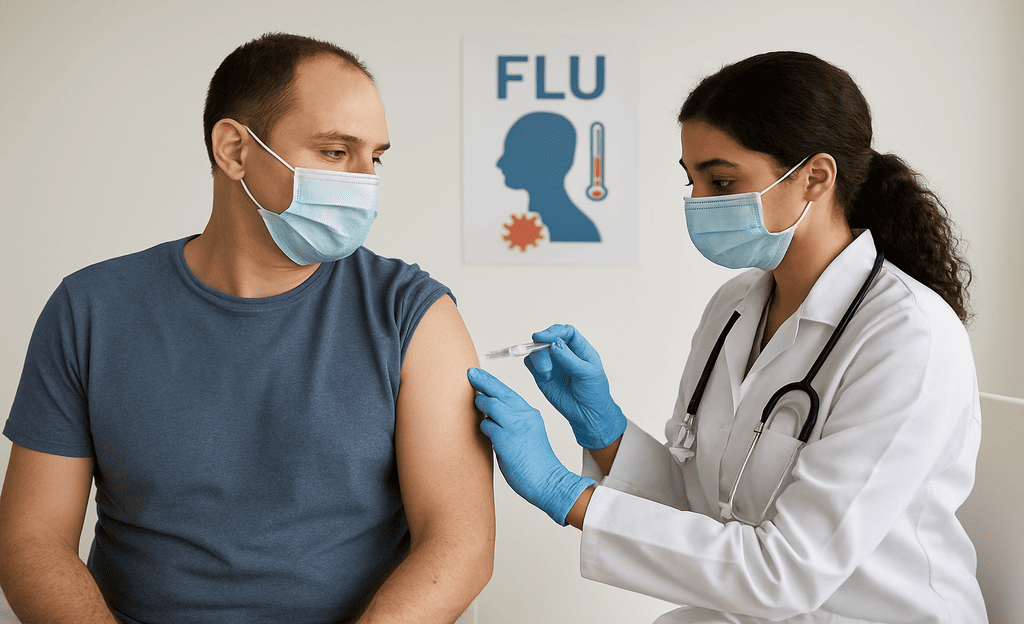
3) Vaccination Timing: Flu, RSV (and Sleep’s Role)
Influenza (Flu)
For the 2025–2026 flu season, the CDC advises that everyone 6 months and older (with rare exceptions) receive a seasonal flu vaccine. For most people who need only one dose, September or October is ideal—late enough to maintain protection through the winter, early enough to be protected by the time flu rises. Children who need two doses should start earlier per pediatric guidance. CDC+1
Pro tip – sleep matters: A 2023 meta-analysis shows that getting <6 hours of sleep around vaccination is associated with a reduced antibody response—so plan for 7–9 hours of quality sleep in the days before and after your shot. This is a practical, low-cost way to support vaccine effectiveness. PubMed
For background about flu and seasonality, see Wikipedia on flu season and influenza. Wikipédia+1
RSV (Respiratory Syncytial Virus) in Adults
Current CDC clinical guidance recommends a single dose of an FDA-licensed RSV vaccine for all adults 75+, and for adults 50–74 at increased risk of severe RSV. RSV vaccination is not currently annual. Discuss the best timing with your clinician as local circulation changes through fall. CDC+1
4) Build Everyday Infection Defenses: Hands, Air, and Habits
Hand hygiene
Randomized evidence shows that physical measures, including hand-washing, help reduce respiratory virus transmission. Wash with soap and water for at least 20 seconds, especially after public transport, before meals, and after coughing or sneezing. Carry alcohol hand rub when sinks aren’t available. Cochrane
Air quality and wildfire smoke
If your region experiences wildfire smoke or poor outdoor air quality in late summer/early fall, reduce exposure: keep smoke outside, use HEPA filtration indoors, and if you must go out, wear a NIOSH-approved respirator (e.g., N95/P100) with a tight seal. CDCblogs.cdc.gov
Vitamin D and daylight
Some people’s vitamin D levels fall as daylight shortens. Although evidence is mixed by subgroup, an individual-participant meta-analysis found that vitamin D supplementation reduced risk of acute respiratory infections overall (speak with your clinician about testing/supplementation). Smart daylight exposure—balanced with UV protection—also supports circadian health heading into fall. BMJ
Sleep, circadian rhythm, and immunity
Beyond vaccination timing, growing research highlights sleep and circadian influences on immune responses. Getting consistent sleep, anchoring your wake time, and seeking daytime light exposure can support immune regulation and may aid vaccine responses. CellPMC
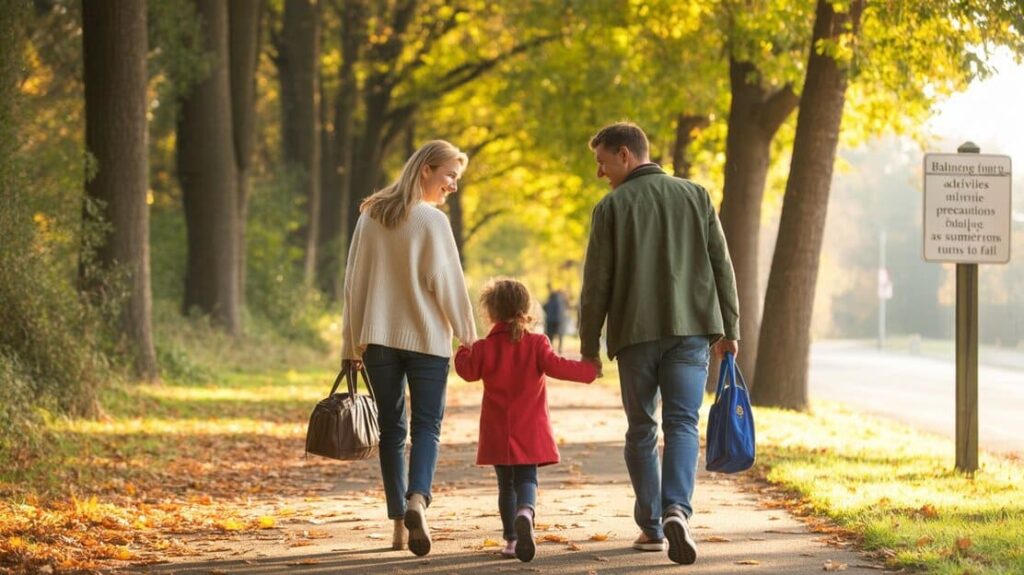
5) Food Safety for Warm Days and Busy Schedules
School lunches, picnics, and tailgates raise foodborne illness risk when foods linger in the “danger zone” (40–140°F / 4–60°C). The CDC recommends never leaving perishables out for more than 2 hours (or 1 hour if >90°F/32°C), keeping the refrigerator ≤40°F (4°C), and using two cold sources in lunch bags. Follow “Clean, Separate, Cook, Chill.” CDCFoodSafety.gov
6) A Practical Checklist (August → November)
| Month | Vaccination & Prevention Focus | Home/Work/School Actions |
|---|---|---|
| August | Review flu and RSV eligibility and timing with your clinician; plan sleep the week of vaccines. | Stock HEPA filters, saline rinse, antihistamines; label water bottles & cool packs for lunches. |
| September | Get your flu shot (for most people); confirm school vaccines and allergy meds. | Close windows on high ragweed mornings; schedule workouts at cooler times. |
| October | Catch up if you missed September; continue hand hygiene and indoor air improvements. | Swap HVAC filters; rehearse 20-second handwash routine with kids/colleagues. |
| November | Re-check local air quality as heating season begins; keep up sleep routine. | Prepare humidification (40–50%) to reduce dry-air irritation; keep sanitizer at desks and in bags. |
Notes: For flu timing and RSV eligibility, see CDC guidance cited above. For ragweed seasonality, see EPA and allergy resources. For food safety and air quality actions, see the CDC links in this article. CDC+1US EPA
7) SEO-Friendly Best Practices to Remember
- Hydration, heat safety, ragweed pollen, flu vaccine timing, RSV vaccine, hand hygiene, sleep and immunity, air quality, food safety, back-to-school health
- Use terms like late summer health, early fall wellness, prevent respiratory infections, reduce allergy symptoms, improve indoor air quality, NIOSH-approved respirators, vitamin D and colds throughout your content to improve search visibility when relevant to readers’ needs.
8) Frequently Asked Questions
Q: Is it too early to get the flu shot in August?
For most people who need only one dose, September–October is preferred. Earlier vaccination may be considered for specific groups based on access and clinical judgment. Check with your clinician. CDC
Q: I’m 68 with COPD. Should I ask about RSV vaccination?
Adults 50–74 with increased risk (and all adults 75+) are candidates for a single RSV dose; discuss personal timing with your clinician. CDC
Q: Do masks help with wildfire smoke?
Yes—NIOSH-approved tight-fitting N95/P100 respirators can reduce inhalation of fine particles during smoke events. CDC
Q: Does more sleep really help vaccines work better?
Evidence, including a meta-analysis, shows insufficient sleep (<6 h) around vaccination is linked to a weaker antibody response. Protect your investment in vaccines with solid sleep. PubMed
Conclusion
Late summer and early fall don’t have to mean a health slump. By aligning your routine with seasonal realities—hydrating and keeping cool on lingering hot days, controlling ragweed exposure, timing vaccines strategically (and sleeping well around them), washing hands consistently, protecting indoor air, and handling food safely—you can reduce risk and feel better as the calendar turns. Use the quick-wins list, the month-by-month table, and the illustrative chart to plan ahead. When in doubt, consult your local health authority or personal clinician, especially if you have chronic conditions or care for vulnerable family members.
References & Further Reading
- CDC — Influenza (2025–2026 Season) and ACIP Flu Timing. Seasonal vaccination recommendations and timing. CDC+1
- CDC/NIOSH & CDC Wildfire Smoke. Air quality precautions and respirator guidance. blogs.cdc.govCDC
- WHO — Heat and Health. Cooling and hydration strategies during hot weather. Organisation mondiale de la santé
- EPA & AAFA — Ragweed Seasonality. Seasonal peaks and practical allergy insights. US EPAAsthma & Allergy Foundation of America
- Cochrane. Physical measures (hand-washing) to reduce respiratory virus spread. Cochrane
- CDC — RSV Vaccine Guidance for Adults. Eligibility and dosing (single-dose, not annual). CDC+1
- BMJ (Martineau et al.). Vitamin D and acute respiratory infections (systematic review & IPD meta-analysis). BMJ
- Current Biology (Spiegel et al.). Meta-analysis linking insufficient sleep to reduced vaccine antibody responses. PubMed
- Wikipedia. Background on influenza and flu season terminology and concepts. Wikipédia+1
